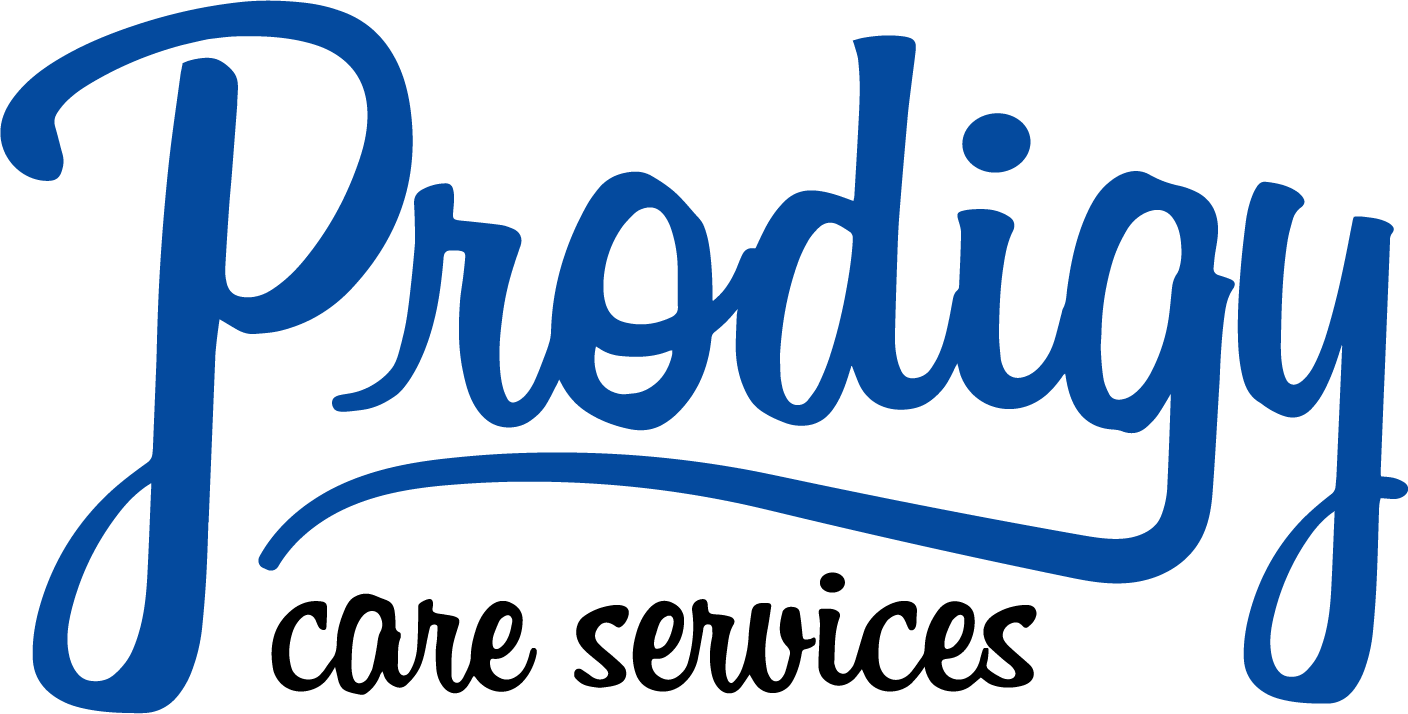You can hold your PBM accountable. Part 2: Ongoing Controls
In Part 1 we discussed some of the actions payers should take contractually on the front end of a new PBM program or during renewal with your current PBM to hold their PBMs accountable during the life of the contract. In Part 2, we discuss control strategies that payers can implement to ensure accountability in their pharmacy program.
By implementing the following strategies, payers can fulfill their fiduciary duty through active controls that prioritize best practices, eliminate waste, improve patient outcomes, and, yes, hold PBMs account.
Take control of your benefit design and formulary management
Collaborate with PBMs to develop formularies that prioritize the use cost-effective drugs with proven efficacy rather than drugs with the highest rebate yield. Ensure that formulary decisions are made based on evidence-based medicine and consider the overall value of medications as well as the their alignment with the best interests of their members.
Establish appropriate utilization controls
Work with your PBM to implement utilization management programs that focus on the appropriate use of evidence-based medications. This can include prior authorization requirements, step therapy protocols, quantity limits, site of care management and more. This is not a one and done, payers should regularly and frequently evaluate these programs to ensure they strike the appropriate balance between cost control and patient access to necessary medications.
Trust but verify
If you trust, then you must verify your PBMs financial performance through audits. Conduct regular financial audits of the PBM's operations to ensure compliance with contractual obligations, pricing transparency, and appropriate use of funds at least once every 3 years. Collaborate with your PBM to engage an independent auditor to review the PBM's financial records, including revenue, expenses, and rebate management. This helps identify any potential conflicts of interest or financial improprieties. Who knows, your PBM might even pay for it.
Patient/Member education and engagement
Your PBM should offer an outreach program for certain high risk, high cost patients patients to educate and engage them in understanding their prescription drug benefits, formulary choices, and cost-saving strategies. Payers must provide clear expectations about how PBMs should engage patients and report any concerns or issues they encounter. This empowers members to take ownership and actively participate in their own health. By working together, payers can exert greater influence and put collective pressure on PBMs to meet fiduciary obligations.
Accountability is not one-and-done. It is a journey. Payers who take this approach are more likely to achieve fiduciary management of their pharmacy program.

